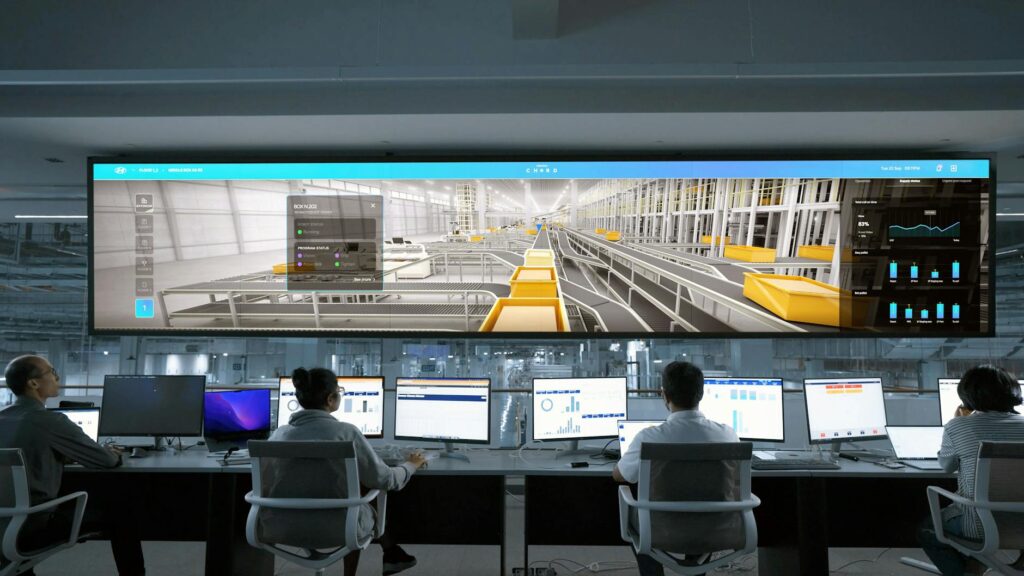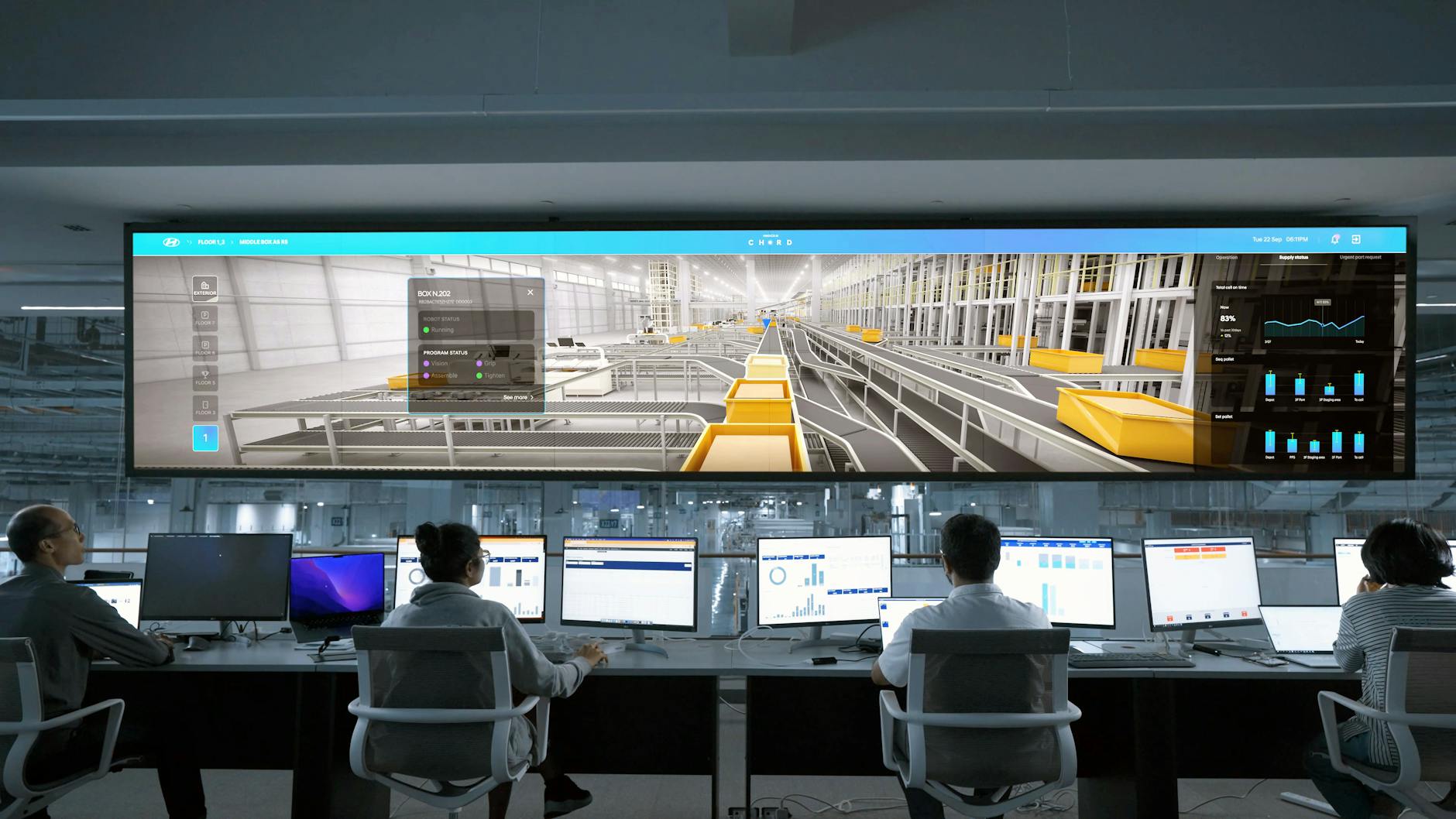What is meeting efficiency techniques?

What is meeting efficiency techniques?
In today’s fast-paced world, time is of the essence, especially when it comes to meetings. Meeting efficiency techniques are essential strategies designed to enhance productivity and time management within both personal and professional settings. By adopting these techniques, organizations can streamline their meetings, ensuring that every minute spent in discussion counts. The ultimate goal? To foster effective communication, better decision-making, and increased collaboration among team members.
Understanding Meeting Efficiency Techniques
Meeting efficiency techniques refer to methods and practices that optimize the effectiveness of meetings. These techniques play a crucial role in ensuring that meetings not only accomplish their intended objectives but also engage participants in meaningful discussions. Essentially, they help teams focus on what really matters, reducing wasted time and enhancing overall outcomes.
The Importance of Meeting Efficiency
Why does meeting efficiency matter? When meetings are run effectively, they can significantly impact productivity and morale within the workplace. Poorly managed meetings can lead to frustration and disengagement among employees, while efficient meetings inspire collaboration and innovation. Research shows that well-structured meetings can lead to better decision-making and increased motivation among team members. For further reading on the significance of effective meetings, consider exploring 7 Reasons Why Effective Team Meetings are Important.
Common Challenges in Meetings
Despite their importance, meetings often fall short of expectations. Common challenges include unclear objectives, excessive time spent on irrelevant topics, and a lack of participant engagement. These pitfalls can create a disjointed experience for attendees, leading to unproductive discussions and wasted time. Recognizing these barriers helps in understanding why meeting efficiency techniques are necessary.
Key Techniques for Enhancing Meeting Efficiency
Implementing effective meeting efficiency techniques can transform the way discussions are conducted. Here are several key strategies that can be adopted:
Setting Clear Objectives
Before any meeting, it’s vital to define clear objectives. This ensures that every participant understands the purpose of the meeting and what outcomes are expected. By establishing specific goals, discussions can remain focused, facilitating efficient decision-making. As noted in The Ultimate Guide to Productive Meetings, having a clear goal is the foundation for a successful meeting.
Creating an Agenda
A well-structured agenda acts as a roadmap for meetings, guiding discussions and helping participants stay engaged. When attendees know what topics will be discussed and in what order, they can prepare accordingly and contribute more effectively. An agenda also allows time to be allocated appropriately, ensuring that each subject gets the attention it deserves.

Photo by Hyundai Motor Group
Time Management Strategies
Effective time management is crucial for enhancing meeting efficiency. Setting time limits for discussions helps keep conversations concise and focused. If a topic is taking too long, consider scheduling a follow-up meeting to allow for deeper discussion at a later date. By respecting everyone’s time, you create a more productive environment.
Encouraging Participation
Encouraging active participation among attendees is vital for ensuring that diverse perspectives are heard. Techniques such as open-ended questions, round-robin discussions, and breakout sessions can foster engagement. When participants feel valued and included, they are more likely to contribute meaningfully to the conversation.
Utilizing Technology for Efficiency
Incorporating technology can greatly enhance meeting productivity. Tools like scheduling apps, video conferencing platforms, and collaborative document-sharing software streamline communication and ensure everyone is on the same page, regardless of their location. For instance, using platforms like Zoom or Microsoft Teams can make remote meetings more interactive and engaging, as highlighted in 6 Tips For More Efficient Meetings In 2024.
Measuring the Impact of Meeting Efficiency Techniques
After implementing meeting efficiency techniques, it’s essential to evaluate their effectiveness. This can be done through several methods:
Gathering Feedback
Collecting feedback from participants is crucial for continuous improvement. After each meeting, consider distributing a brief survey to assess what worked well and what could be improved. This feedback provides valuable insights into the effectiveness of your meeting structure and can guide future adjustments.
Analyzing Outcomes
Reviewing meeting outcomes against the set objectives helps determine whether goals were achieved. By analyzing the decisions made and actions agreed upon during the meeting, you can assess the overall impact of the meeting on team productivity. This evaluation can highlight areas that need further attention and improvement.
Conclusion and Next Steps
In conclusion, meeting efficiency techniques are vital for promoting productivity and effective communication within teams. By adopting strategies such as setting clear objectives, creating structured agendas, managing time wisely, encouraging participation, and leveraging technology, organizations can transform their meetings into productive and meaningful experiences. As you think about your next meeting, consider which techniques you can implement to enhance efficiency and make the most of your time together. Start today, and watch how your meetings evolve into powerful tools for collaboration and success!